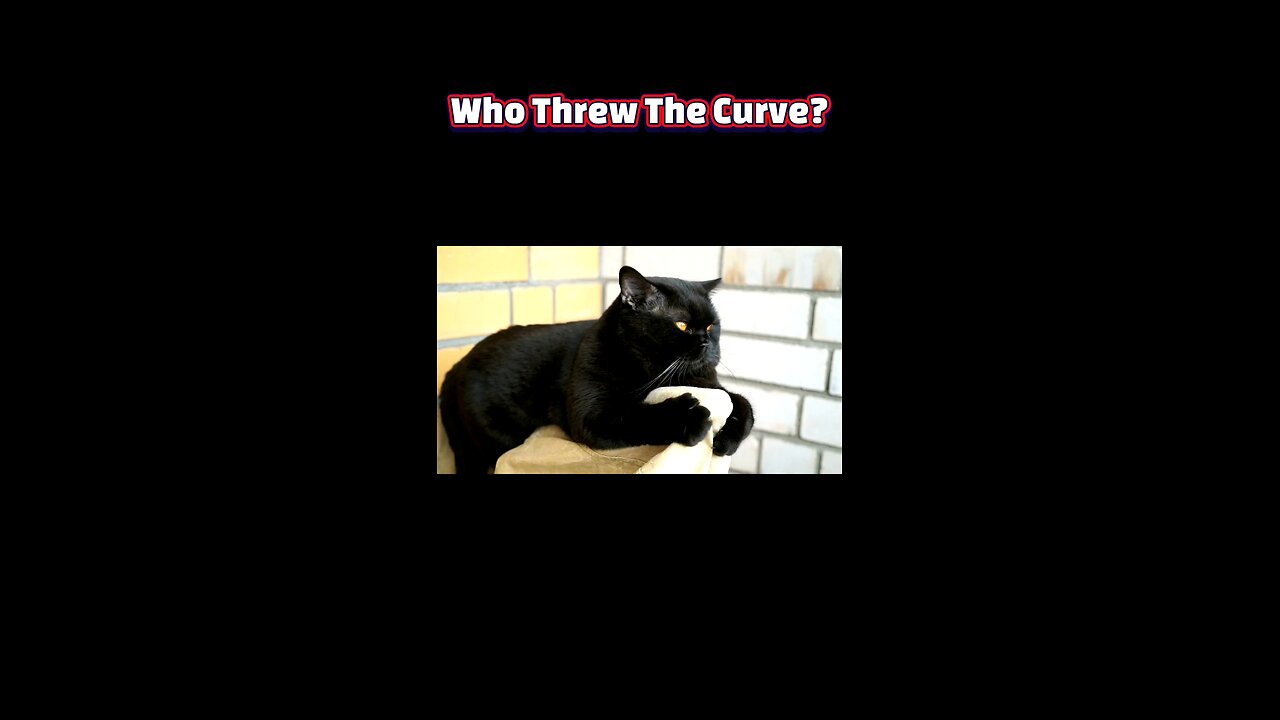Premium Only Content

Claws for Concern: The Hidden Harm of Declawing Cats 🐾
Declawing your cat might seem like a harmless way to protect your furniture, but the reality is far more troubling. It's not just a manicure—it's a life-altering procedure that can lead to physical and emotional suffering for your feline friend.
When a cat is declawed, it's not simply the claws being removed. The procedure involves amputating the last joint of each toe. Imagine losing the tips of your fingers—it changes the way you move, interact, and live. For cats, this can lead to chronic pain and difficulty walking.
Cats rely on their claws for so much more than scratching furniture. Claws are essential for climbing, defending themselves, and even stretching properly. Declawing robs them of natural behaviors, leading to confusion, frustration, and in some cases, aggression or anxiety.
Post-declawing complications can include infections, nerve damage, or regrowth of improperly removed claws. Some cats develop long-term behavioral issues, like refusing to use the litter box because digging becomes painful. It's a ripple effect that touches every aspect of their life.
Thankfully, there are humane alternatives to declawing! Providing scratching posts, using claw caps, or training your cat to redirect their scratching can protect your furniture without causing harm. These options preserve their quality of life and honor their instincts.
Declawing might be legal in some places, but more and more regions are recognizing its cruelty and banning the practice. It's up to us to be responsible cat guardians and advocate for their well-being. Let’s keep their paws—and lives—whole.
#CatCareTips #PawsNotClaws #DeclawingAwareness #HealthyHappyCats #PetParenting #AdvocateForAnimals #cat #cats
-
 LIVE
LIVE
FyrBorne
13 hours ago🔴Warzone M&K Sniping: Builds So Strong They Think I'm Hacking
645 watching -
 LIVE
LIVE
BEK TV
2 days agoTrent Loos in the Morning - 8/25/2025
2,101 watching -
 4:23
4:23
Blackstone Griddles
15 hours agoEasy Salmon Dinner on the Blackstone Griddle
27.3K1 -
 8:10
8:10
WhaddoYouMeme
1 day ago $0.06 earnedChristians, Before You See “Testament”, Watch this!
7.36K4 -
 8:42
8:42
Freedom Frontline
14 hours agoDurbin’s Trump Smear Video Just HUMILIATED Him in the Senate
9.21K4 -
 10:56
10:56
ariellescarcella
12 hours agoThe Shocking Divide Among College Voters Sparks Worry For America
7.57K6 -
 13:09
13:09
Forrest Galante
10 hours agoWildlife Expert Reacts To Deadly Australian Animal TikToks
53.5K6 -
 12:08
12:08
Zoufry
2 days agoThe Mystery of Gaddafi's Final 24 Hours
14.7K11 -
 18:25
18:25
Liberty Hangout
13 days agoAnti-Ice Demonstrators Love Poop!
52.4K68 -
 9:39
9:39
MattMorseTV
16 hours ago $1.14 earnedVance just DROPPED a BOMBSHELL.
45.8K65